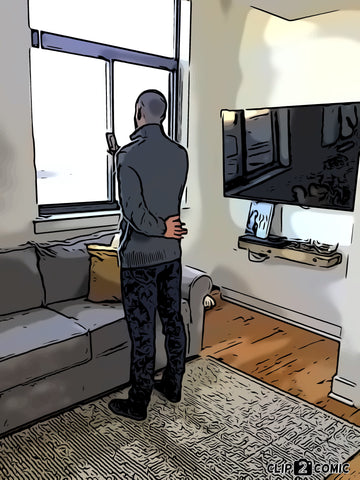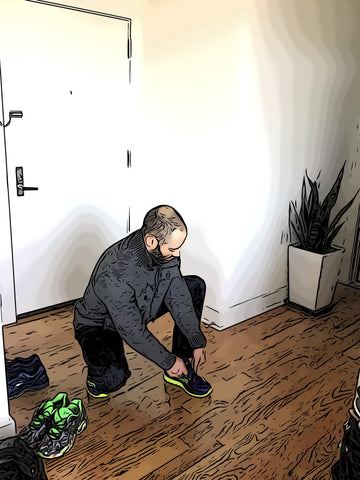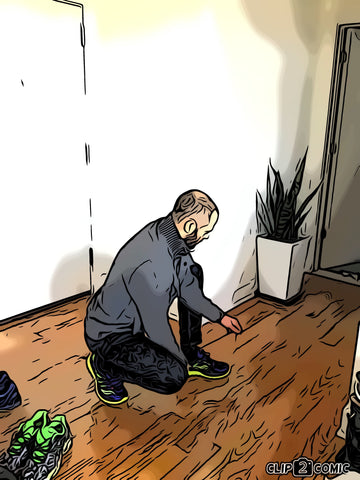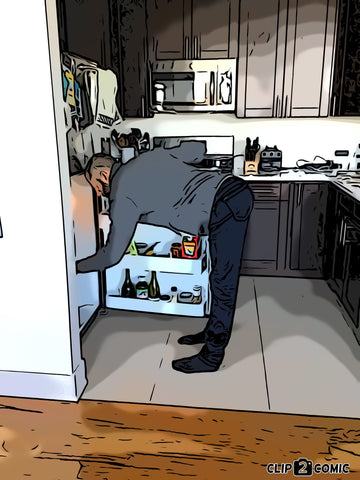"How to" Guide for Daily Activities
Engaging in daily tasks with poor mechanics will prevent the rehabilitation of back pain and/or neck pain. Although it may seem trivial, the way in which we perform our daily activities will have a significant impact on back pain and neck pain. Constantly rounding your lower back when reaching into the refrigerator or looking down at a smartphone while reading, will be a powerful aggravating factor to already existing spinal injuries such as bulging or herniated discs. Review the pictures below for a guide on how to perform everyday activities without aggravating your spinal injuries. Please reach out to us at buildaposture@gmail.com if you have difficulty in performing a certain task without pain and don't know the proper body mechanics. Maybe we can help!
Text Messaging or Reading - Mobile Phones and Neck Pain
For those with neck pain, place one arm behind your back as shown in the below pictures. This posture will align and support your spine allowing you to hold your hand up without getting tired. Notice the neutral spinal alignment, the neck is not rounded and chin is tucked.


Tying Sneakers / Shoes and Lower Back Pain
Tying sneakers for a back-pained individual can be extremely difficult. See below pictures for the proper form. Notice the arm on the inside of the leg in which the sneaker is being tied. Do not place this arm on the outside of the leg, it would throw off neutral spinal alignment creating a slightly rounded back.

Bending Over to Grab Food from the Refrigerator with Lower Back Pain
Utilizing the Hip Hinge when getting something from the refrigerator. See our "Body Mechanics" page for a video in which Dr. Stuart McGill discusses the Hip Hinge in detail.
How To Put On Socks And Minimize Risk of Lower Back Pain
See below pictures for two methods that will help with the task of putting on socks without further injuring your lower back. If you have good balance, you can attempt to using the standing method as seen below. If your aren’t confident in your balance, no problem, you can use the lying down position as shown below. Notice that in both methods, the lower back is always straight and never rounded.
Note that while using the standing method, your knee (on the leg in which you are standing) should not bend beyond your toe line.








